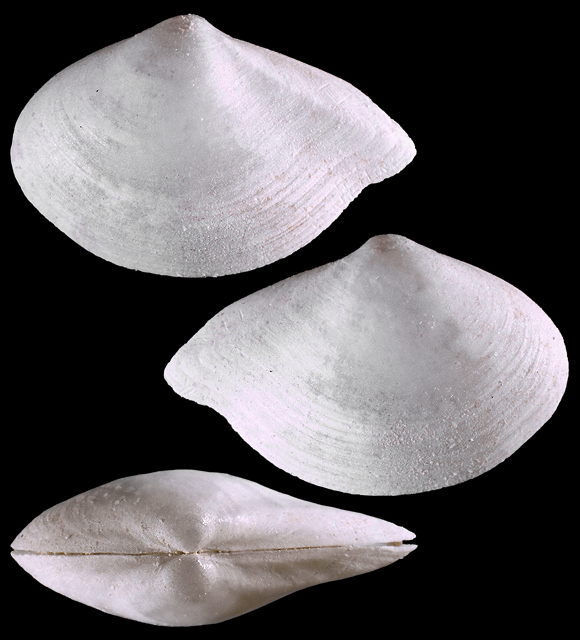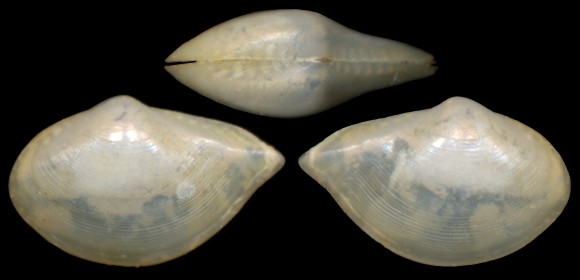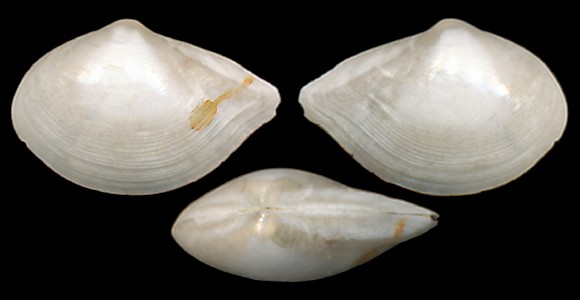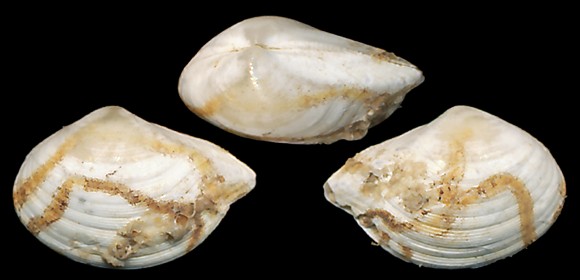(Jeffreys, 1870 ex Seguenza ms)

Original taxon: Leda messanensis. Synonym: acuminata.
1000m deep, Capo Teulada, SW. Cagliari, S. Sardinia. 4mm.

« Shell somewhat inequilateral, the posterior or narrower side being longer (in the proportion of between 6 and 7 to 5) than the other side, with a downward slope from the beak to each end; it is moderately convex, not very thin, semi-transparent, and glossy. Sculpture: numerous fine concentric and close-set striae, and an angular ridge from the beak to the longer side; the striae are partially or wholly wanting in some specimens. Colour: pearl- white under the epidermis, which is pale yellowish-brown and shiny. Margins rounded at the anterior side, and extended on the other or longer side to a wedge-like point, being as it were pinched up at that end; lower margin nearly semicircular. Beaks very small, as well as the cartilage and pit. Teeth from ten to twelve on each side, minute near the beaks and becoming spike-shaped towards the outer end, where they decrease in size. Inside polished, with a smooth and sharp edge. Muscular scars distinct. » – J. G. Jeffreys: Leda acuminata in “Mediterranean Mollusca”, Annals and Magazine of Natural History, s.4 vol. VI, London 1870, via BHL.
380m deep, on dettritic bottom, off Capraia island, Archipelago Toscano, W. Italy. 4,5mm.

« Hitherto known only as a Sicilian fossil, Professor Seguenza having kindly sent me specimens from the neighbourhood of Messina, as L. Messanensis. As he has not described it, I venture to prefer the characteristic name which I had given to the species when I dredged it off the west coast of Ireland to the local named proposed by him. » – Ibid.


John Gwyn Jeffreys pictured in the Journal of Conchology vol. IV (1883-1885), in the context of his obituary. « For nearly sixty-five years he had been engaged in the study of conchology, and increasing years had not diminished but rather heightened his ardour as a collector and a student. »